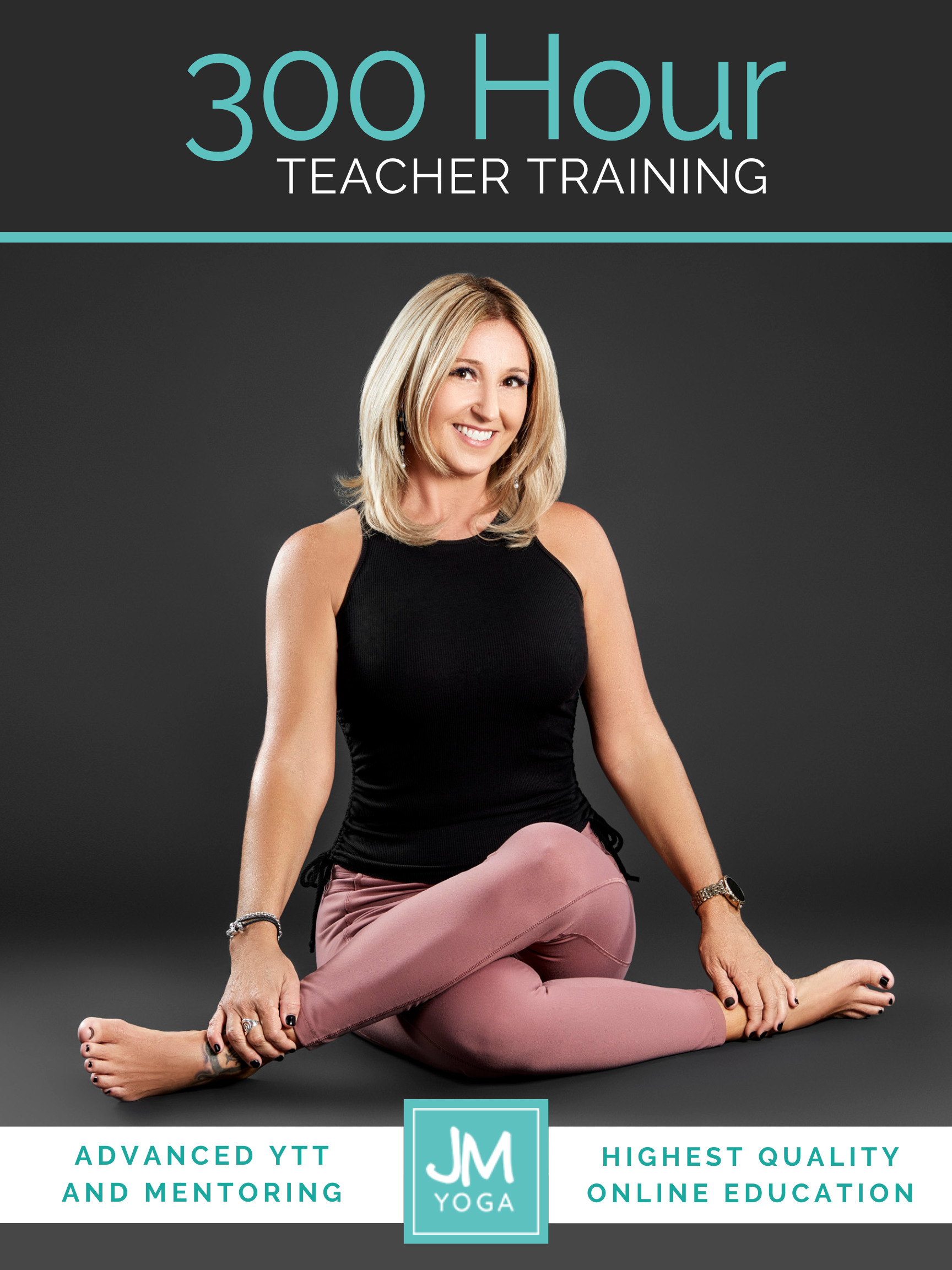RCTs vs. Pilot Studies vs. Feasibility Studies: A Simple Guide for Yoga Teachers
Hello, yoga teachers! Today, we’re diving into some important distinctions between types of research studies. Specifically randomized controlled trials (RCTs), feasibility studies, and pilot studies. This is my latest discussion with Ariana on Yoga Research and Beyond, and it’s a great foundation for research literacy. It’s especially useful for those of us working with scientific studies to guide and support how we teach yoga. The paper we highlighted is titled, “The Distinction Between Randomized Clinical Trials (RCTs) and Preliminary Feasibility and Pilot Studies: What They Are and Are Not.” It’s another great example of meta-science – the science of science.
First off, understanding the difference between these study types is essential, but it doesn’t have to get overly complicated. Feasibility and pilot studies both serve as “preliminary” steps before a full-scale RCT. They’re like the test runs that help us know if we’re ready to launch a larger study. RCTs, on the other hand, are the real thing: a full trial aimed at testing a treatment or intervention and producing robust results.
Feasibility and Pilot Studies: A Testing Ground for Larger Research
In feasibility studies, researchers are often asking questions like, “Is this intervention even possible?” Or, they may try to answer questions like “Will participants be willing to engage?” and “Are the logistics manageable?” Think of it as testing the waters to ensure all elements of a full study are viable. Feasibility studies help develop intervention plans by exploring details like, “Is it better to offer 30 minutes of yoga or 60?” Or they may wish to answer questions like “Should we include blood work as part of the outcome measures?”
Pilot studies take things a step further. They’re like a dress rehearsal for the full RCT. They use a smaller sample size to work out the finer details. As the study author J. Haxby Abbott puts it, “A pilot study is always underpowered.” That is, it doesn’t aim to produce definitive results. It’s simply not cost-effective to gather enough participants for statistical power in this preliminary phase.
What Makes RCTs Different?
RCTs are designed to deliver relatively more conclusive evidence by comparing an intervention to a control group. The study size is large enough to detect meaningful differences, making RCTs powerful tools for evaluating effectiveness. However, a pilot study might still end up looking like an RCT. For example, if researchers didn’t recruit enough people, it’s technically an underpowered RCT. We must be careful when interpreting these kinds of findings.
Case Studies and Observation as Pre-Feasibility Research
Before a feasibility study or a pilot study, there’s often a need for case studies or observational research to establish whether an intervention is even worth testing. For example, in yoga therapy, you might see case studies that track individual progress over time, which can hint at whether the intervention could be promising. Observational studies are also common, where researchers simply watch the effects of yoga over time. These studies provide foundational evidence to justify moving to a pilot or feasibility study.
Understanding the Null Hypothesis
A quick note on the null hypothesis: In RCTs, we don’t set out to “prove” our intervention is better; instead, we aim to test whether there is no difference between the intervention and the control group. Why? This approach reduces researcher bias. By setting up a study with the intention to disprove the null hypothesis (i.e., no difference), we allow the evidence to speak for itself. If there’s enough data to reject the null, then we can cautiously consider the possibility that our intervention has a real effect.
The process might feel counterintuitive, especially if you’re invested in a particular outcome, but it’s essential for research integrity.
Why This Matters to Yoga Teachers
Understanding these distinctions can help us look more critically at research that informs our teaching. Not all studies are created equal, and preliminary studies like pilot and feasibility studies aren’t designed to offer definitive answers. Instead, they’re stepping stones toward more rigorous testing. Knowing this can help us avoid drawing overly broad conclusions from studies that may only suggest possibilities rather than certainties.
When we build research literacy, we bring a more informed perspective to our students and contribute to a more scientifically grounded approach to yoga. So, the next time you’re reading a study or coming across research on yoga interventions, I hope you’ll feel a little more prepared to interpret its value and place it into context.
Stay curious, and keep exploring the research that inspires and supports your teaching!
Extend Your Learning: Advanced Yoga Teacher Training with Jules Mitchell
This program is ideal if you have an interest in biomechanics, principles of exercise science, applications of pain science, neurophysiology, and stretching. These themes are combined with somatics, motor control theory, pose analysis and purpose, use of props for specific adaptations, pathology, restorative yoga, and intentional sequencing.
You will learn to read original research papers and analyze them for both their strengths and their biases. Critical thinking and intellectual discourse are central components in this training, which was designed to help teachers like you navigate through contradictory perspectives and empower you with education. Learn more >

